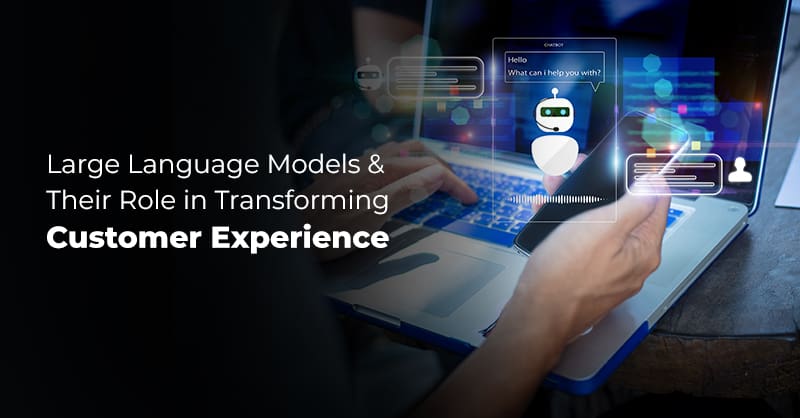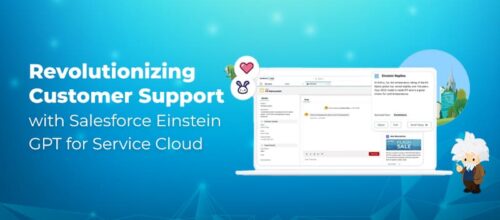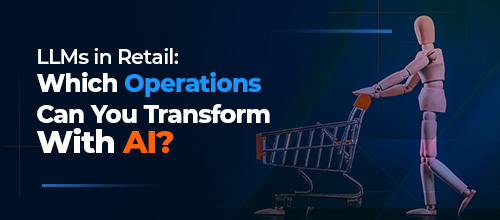Large Language Models and Their Role in Transforming Customer Experience
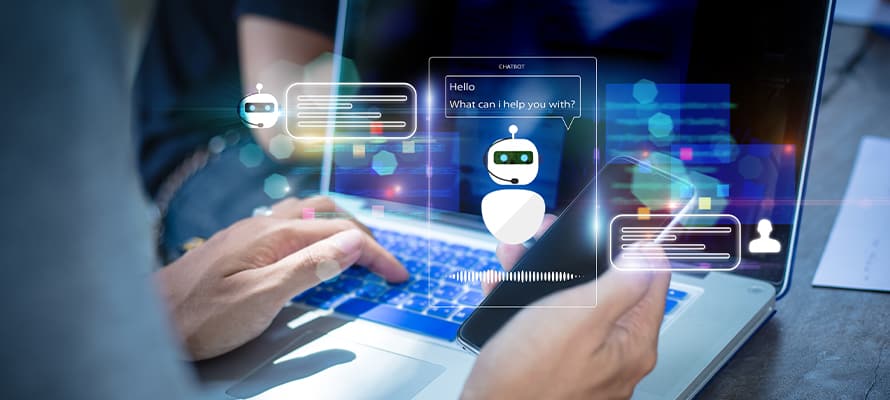
Practice Head – Data Analytics
November 28, 2023
Overview of LLMs and Generative AI
Large language models (LLMs) are AI models trained on vast amounts of text data to generate human-like responses to text-based inputs. These models utilize deep learning techniques like transformers to understand and generate coherent and contextually relevant text. Generative AI refers to the ability of LLMs to generate new content, including text, images, and even code.

The Potential Impact on Customer Experience
- Enhanced Customer Support: LLMs can assist in providing real-time customer support, answering frequently asked questions, and resolving customer queries promptly. This leads to faster response, reduced customer wait times, and improved issue resolution.
- Personalization: LLMs can analyze customer data and generate personalized recommendations and offers based on individual preferences and behaviors. This level of personalization creates a tailored and more engaging customer experience.
- Improved Engagement: Conversational LLMs can engage customers in interactive and dynamic conversations, mimicking human-like interactions. This fosters increased customer engagement, satisfaction, and loyalty.
- Efficient Content Generation: LLMs can automate content generation for marketing campaigns, social media posts, and customer newsletters. This streamlines content creation processes saves time, and ensures consistent messaging.
- Multilingual Support: LLMs with language translation capabilities can break down language barriers by providing real-time translation support. This enables businesses to offer multilingual customer support, expanding their reach to global markets.
- Sentiment Analysis: LLMs can analyze customer sentiment in real-time, enabling businesses to identify and address customer issues promptly. This helps improve overall customer satisfaction and allows for proactive customer service.
Why We Build Solutions Using ChatGPT 4.0
ChatGPT is one of the most widely recognized large language models for generating conversational responses. Powered by the GPT-4.0 architecture, ChatGPT has been trained on a vast corpus of diverse text sources, making it adept at understanding and generating human-like responses across multiple domains. Some of its key features include:
- Natural Language Understanding: Comprehends and interprets user inputs, allowing interactive and meaningful conversations.
- Contextual Awareness: Maintains context throughout a conversation, ensuring coherent and relevant responses.
- Knowledge Retrieval: Accesses its vast knowledge base to provide accurate and informative answers to user queries.
- Multi-Turn Conversations: Supports back-and-forth exchanges, enabling interactive and engaging user conversations.
- First off, it parses the resumes and job descriptions to extract features.
- Secondly, it maps the similarity between the resume’s content and the job description to recommend those required skills for the role that haven’t been mentioned in the resume.
Learn the difference between ChatGPT, Bing Chat, and Google Bard
Prompt Engineering Techniques
- Instruction Embeddings: Including explicit instructions in the quick guides the LLM to generate responses that adhere to specific guidelines or requirements.
- Conditioning Techniques: Conditioning the prompt with additional context or information improves the LLM’s ability to generate accurate and relevant responses.
- Control Tokens: Control tokens are unique tokens inserted into the prompt to influence the behavior of the LLM. They allow businesses to steer the LLM’s responses towards specific attributes, such as sentiment, style, or topic.
- Human-AI Collaboration: Involving human reviewers to review and rate model-generated responses helps refine prompts and improve the LLM’s output over time.
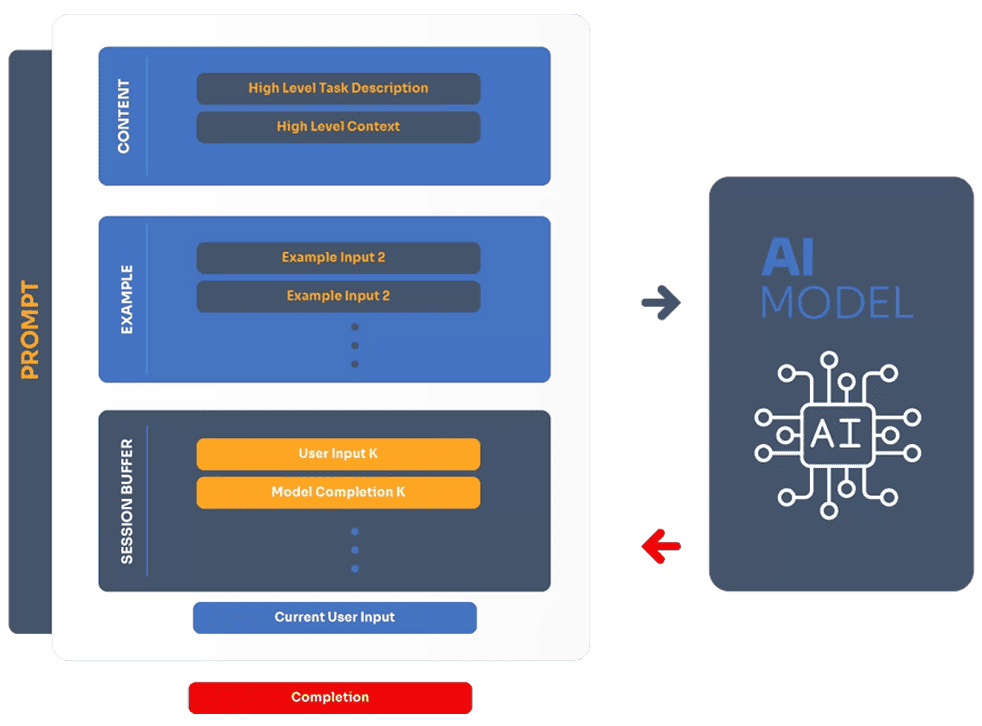
Use Cases in Various Industries
- Healthcare: ChatGPT can serve as a virtual healthcare assistant, answering patient queries, providing general health information, and offering guidance on symptoms and self-care practices. It can also assist in scheduling appointments, connecting patients with healthcare professionals, and monitoring health parameters.
- Retail: In the retail industry, ChatGPT can act as a virtual shopping assistant, providing personalized customer service via review analysis & AI-generated responses, Answering customer queries, and Guiding customers through the purchasing process. It can enhance customer engagement and facilitate personalized shopping experiences.
- Financial: ChatGPT can offer personalized financial advice, assist customers with account-related inquiries, and provide information about investment options, loan applications, and financial planning. As a result, it simplifies the customer experience and helps customers make informed financial decisions.
- Manufacturing: In the manufacturing sector, ChatGPT can provide technical support, troubleshooting assistance, and answer customer queries related to products or services. It can also offer real-time order tracking updates, ensuring transparency and efficient customer communication.
Conclusion
Syed Usman Chishti
Recent Posts
- Bridging Offline and Online Shopping Experiences with SAP Customer Data Cloud July 19, 2024
- Maximizing ITSM Efficiency with ServiceNow Now Assist July 19, 2024
- Building High-Performance Python Applications with Ray on Apache Spark July 18, 2024
- ServiceNow CMDB: Accelerate Your Business Growth July 18, 2024
Recent Blogs
- Harness the power of AI with Salesforce Einstein GPT for Service Cloud. Unlock innovative ways …Read More »
- Discover Salesforce Hyperforce, the future of cloud deployment. Explore its scalability, security, and global reach, …Read More »
- Artificial Intelligence (AI) has been making significant waves across various industries, revolutionizing business operations.Read More »
